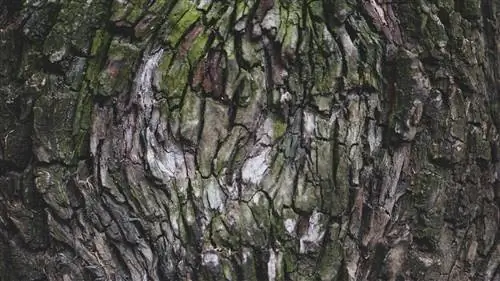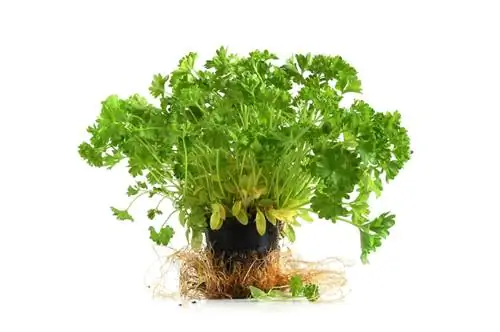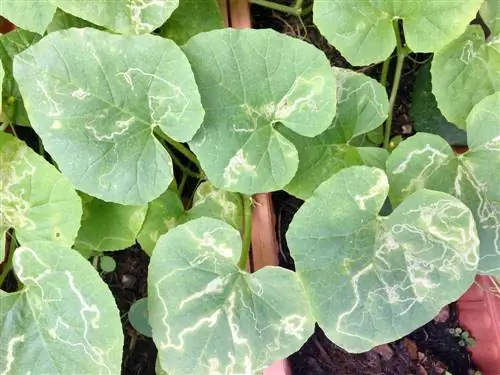- Author admin [email protected].
- Public 2023-12-16 16:46.
- Last modified 2025-01-23 11:22.
Thyme is a popular Mediterranean spice. It is also used in medicine for colds. The plant is very robust and thrives very well in sunny locations in Germany. However, powdery mildew can occasionally occur on thyme.

How do I recognize powdery mildew on thyme?
You can recognize powdery mildew bywhite, mealy-looking spots on the tops of the leaves. The mildew fungi can be wiped off by hand. Later the leaves turn brownish and look dried out.
How does mildew develop on thyme?
The fungal spores of powdery mildew are spread by the wind from infected herbs. As a result, previously he althy plants become infected. Powdery mildew is a so-called “fair weather fungus” that requires dry weather and temperatures above 15 °C to grow.
How do you fight mildew on thyme?
Before you devote yourself to the specific fight, you shouldremove all affected parts of the plant Afterwards, a spray solution of milk and water in a ratio of 1:2 can help. To do this, use whole milk or buttermilk, which contain a high proportion of lactic acid. Alternatively, you can spray the plants with a mixture of baking soda and rapeseed oil. Repeat the treatment regularly, at least weekly. You should avoid chemical sprays in the garden.
How can I prevent powdery mildew on thyme?
Preventing powdery mildewwater your thyme in hot, dry weather. Do not fertilize your plant with nitrogen. Thyme, as a weak eater, becomes susceptible to powdery mildew. Because the plants can also tolerate higher pH values, fertilize with primary rock powder. The silica it contains protects the plant's cells from the penetration of pathogens. You can also achieve the same effect by watering with field horsetail broth.
Tip
Thyme edible with mildew
Mildew fungi are located on the surface of the leaves and do not penetrate deep into the tissue. They do not produce toxic toxins. Therefore, thyme with mildew can be consumed after extensive cleaning. However, allergy sufferers should avoid this. Because the spores can trigger allergic reactions. If the infestation is severe, the spice can change its taste.






